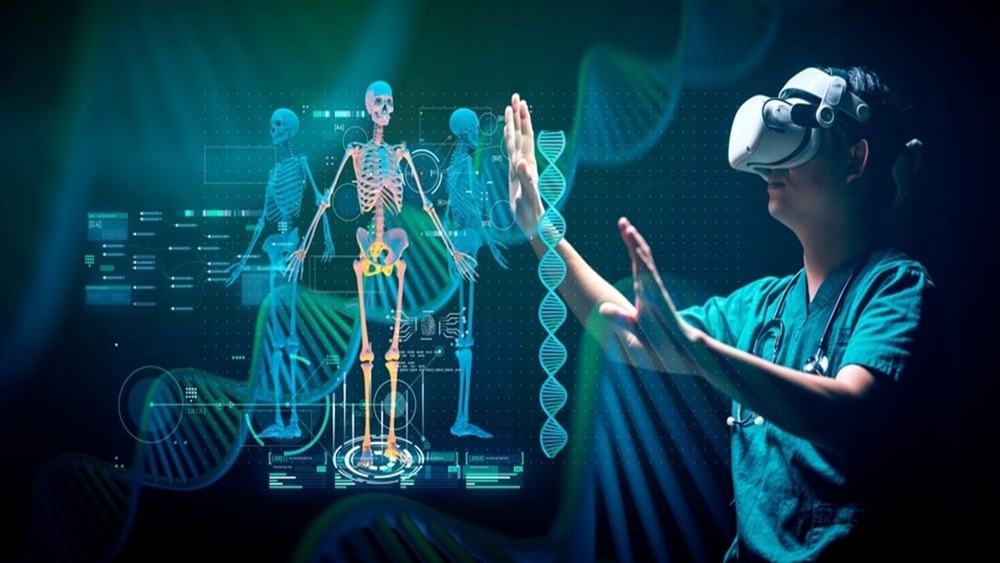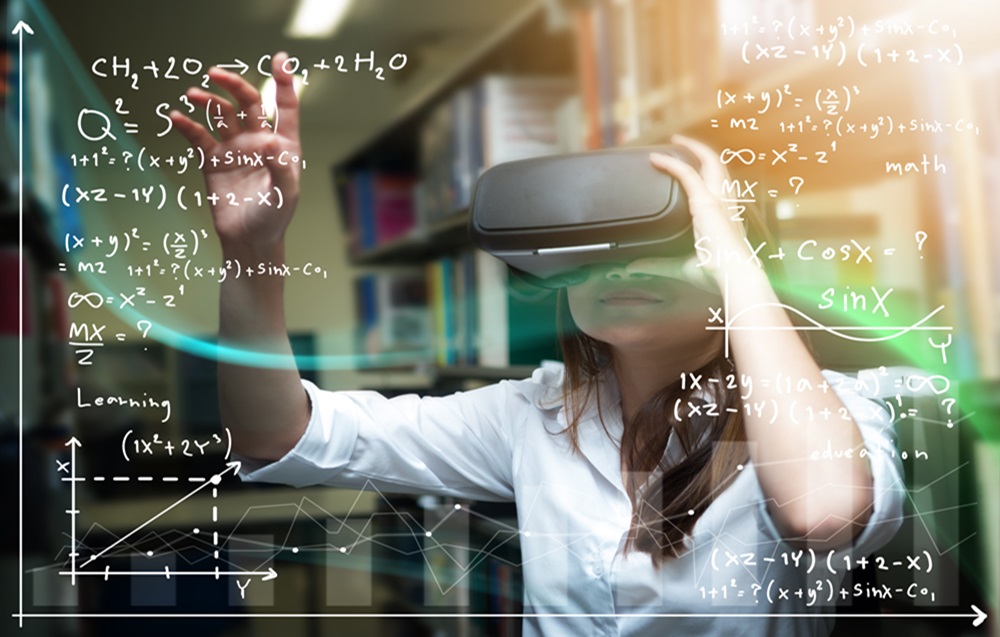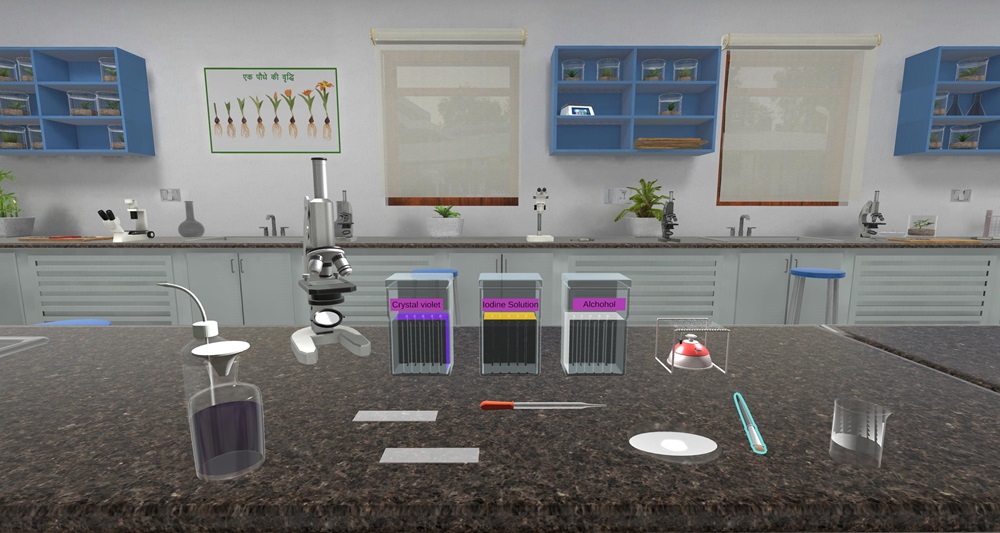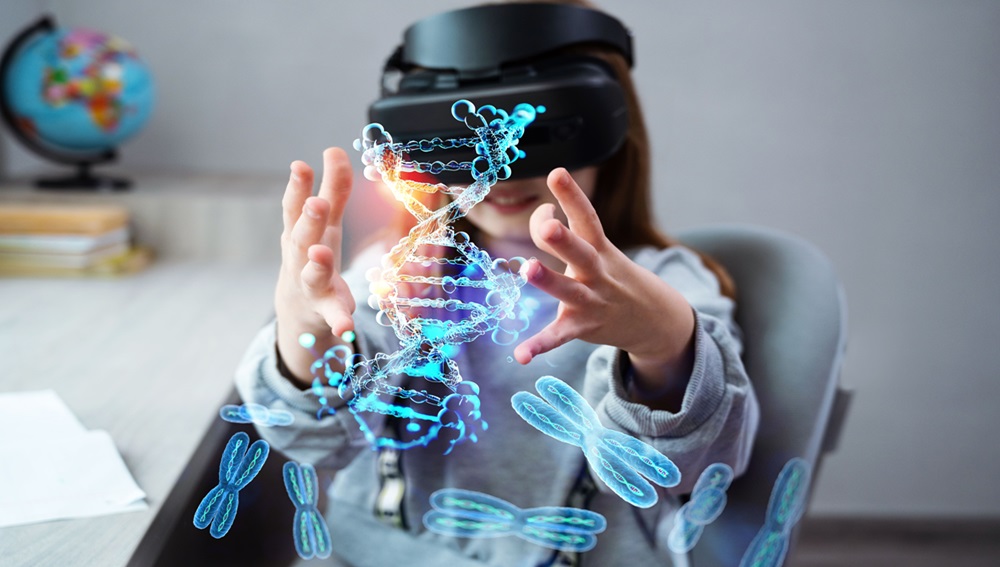VR for Earthquake Engineering and Structural Dynamics
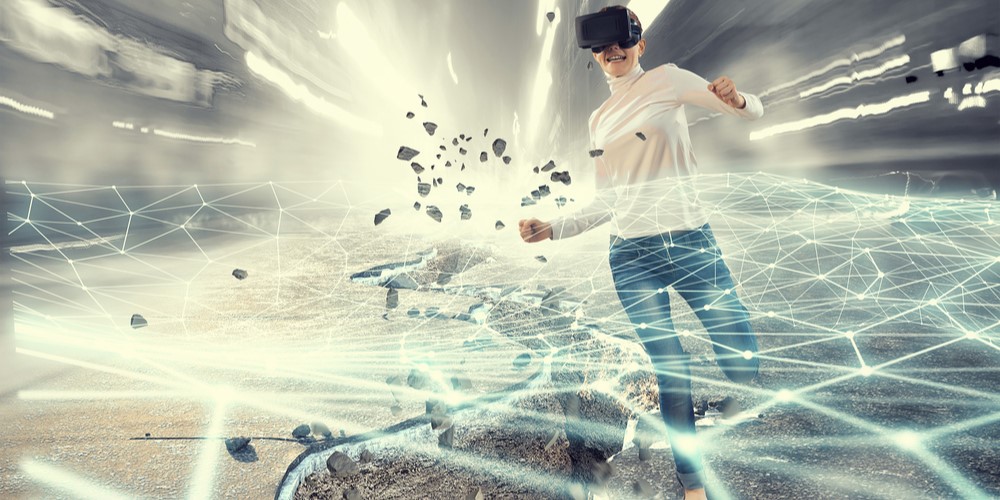
Earthquake Engineering is that branch of engineering where the very foundations of civil engineering are put to the ultimate test.
This field isn't just about constructing structures, instead, it's about ensuring they can defy the earth's most formidable and unpredictable forces, i.e. earthquakes.
In regions where the earth's tectonic movements move with the buildings we inhabit, Earthquake Engineering takes center stage.
It's a field where science meets art, where complex soil dynamics, structural design, and seismic waves converge to create resilient structures that can withstand the wrath of nature.
But mastering Earthquake Engineering isn't a walk in the park. It demands more than just textbook knowledge.
Earthquake Engineering and its Importance
Earthquake Engineering is an integral branch of civil engineering that stands at the forefront of safeguarding human lives and the structural integrity of our built environment in regions prone to seismic activity.
This field is not merely about constructing buildings and bridges but rather ensuring their resilience in the face of nature's most powerful and unpredictable forces.
In earthquake-prone regions, the complex interplay between the Earth's tectonic movements and the structures we inhabit can be both awe-inspiring and perilous.
The structures we design and build must withstand the tremendous forces generated by seismic events, and this is where Earthquake Engineering takes center stage.
Earthquake Engineering is often intertwined with soil dynamics and earthquake engineering, as understanding the behavior of soil during an earthquake is as crucial as comprehending the response of structures.
These interconnected aspects form the cornerstone of earthquake-resistant design.
However, mastering the intricacies of Earthquake Engineering is no small feat. It demands not just theoretical knowledge but practical insights into the behavior of materials, the dynamics of seismic waves, and the structural responses that can vary significantly from one location to another.
It's a multifaceted challenge that calls for immersive learning experiences.
Simulating Earthquakes in Virtual Reality
In the field of Earthquake Engineering, where the stakes are high and the consequences of structural failures can be catastrophic, there is no substitute for hands-on experience.
VR offers a unique and invaluable opportunity for students to gain insights that were once reserved for those conducting physical experiments in specialized laboratories.
VR engineering makes this scenario not just possible but remarkably realistic as well.
With VR, students can stand at the epicenter of an earthquake, feeling the ground tremble beneath their feet as the earth's forces are unleashed.
It transports students into a seismic event, where they can witness and analyze ground motions in real time.
They observe how structures respond to these dynamic forces, gaining an intuitive understanding of the structural vulnerabilities that earthquakes expose.
It's a truly immersive experience that allows them to grasp the complexities of Earthquake Engineering in ways that textbooks and lectures alone cannot achieve.
But what truly sets VR apart is its ability to depict the intricate interplay between soil and structures during an earthquake, making it easy to teach engineering through modern technology.
In the virtual world, students can manipulate variables, alter soil properties and structural designs, and observe the direct consequences of these changes. This hands-on experimentation is a powerful tool for deepening comprehension and honing problem-solving skills.
VR simulations can replicate a wide range of earthquake scenarios, from moderate tremors to catastrophic events. This versatility allows students to explore various seismic challenges and develop strategies to mitigate their impact on structures.
It's a safe and controlled environment where errors and experimentation are not only encouraged but also essential for learning.
Applications of VR for Earthquake Engineering and Structural Dynamics
Engineering colleges are at the forefront of preparing the next generation of civil engineers, and their responsibility extends beyond textbooks and lectures. But one question remains the same, i.e., “Why engineering colleges should consider VR labs for earthquake engineering?”
So, let's explore the compelling reasons why engineering colleges should wholeheartedly consider integrating VR into their earthquake engineering and structural dynamics programs.
✔️ Realistic Structural Analysis
Understanding how structures respond to seismic forces is paramount in earthquake engineering.
With the immersive technology of VR, students are allowed to come closer to the virtual buildings and infrastructure and observe how they sway and deform at times of earthquakes.
Not only this, the students can experiment with different designs of the structure, materials, and retrofitting techniques so as to assess their effectiveness in mitigating earthquake-induced damage.
This hands-on experience helps students grasp the intricacies of structural behavior under dynamic loading conditions.
Soil-Structure Interaction: Soil and structures’ interplay is a fundamental aspect of earthquake engineering.
Virtual reality labs for science colleges provide students with a unique platform for immersive engineering helping them to explore soil dynamics and its impact on structural performance.
They can simulate various soil types and ground motion characteristics to study how these factors influence building responses during earthquakes.
Such an in-depth understanding of soil-structure interaction is crucial for designing resilient structures in earthquake-prone regions.
✔️ Seismic Hazard Assessment
VR World empowers students to visualize seismic hazard maps and understand how geological factors contribute to the risk of earthquakes.
With such an encounter with the virtual world, they can explore fault lines, seismic activity patterns, and ground motion amplification effects that help to gain insights into the complexities of seismic hazard assessment.
This knowledge is essential for engineers tasked with designing structures that can withstand specific seismic threats.
✔️ Experimental Testing
We can replicate all the physical laboratory experiments in a digital environment of VR.
This capability is particularly valuable when it comes to earthquake engineering.
For this domain, students can conduct virtual experiments, such as shake table tests, to assess the behavior of scaled-down models under simulated seismic conditions which allows them to conduct repeated testing without the cost and logistical challenges of physical experiments.
✔️ Dynamic Analysis
What is the core concept in earthquake engineering?
It is Structural dynamics.
Dynamic analysis tools offered by virtual reality labs allow students to explore natural frequencies, mode shapes, and dynamic response spectra of structures.
They can manipulate structural parameters and visualize how changes affect dynamic characteristics. This knowledge is essential for designing structures that can dissipate seismic energy effectively,
✔️ Interactive Learning
Interactive learning experiences fostered by VR engineering allow students to actively engage with earthquake engineering concepts.
They can explore 3D models of famous earthquake-damaged structures, dissect the failure mechanisms, and discuss potential improvements.
This interactive approach promotes critical thinking and problem-solving skills, preparing students for real-world engineering challenges.
✔️ Data Visualization
VR has the ability to visualize complex data sets and it is invaluable.
Students can analyze earthquake records, ground motion data, and seismic design codes in a three-dimensional, immersive environment.
Such a data visualization can enhance their ability to interpret and apply seismic data effectively in engineering projects.
✔️ Virtual Field Trips
VR can transport students to earthquake-affected regions around the world.
They can virtually visit disaster-stricken areas through virtual industrial visits, assess structural damage, and discuss post-earthquake reconstruction efforts.
These virtual field trips provide a global perspective on earthquake engineering and expose students to real-world applications of their knowledge.
Benefits of VR in Earthquake Research
VR in Earthquake Research has the capacity to enhance safety, reduce costs, accelerate design processes, improve data visualization, and enrich educational opportunities. These are explained below-
✔️ Enhanced Safety
Safety is most crucial in earthquake research, especially when conducting physical experiments or simulations in potentially hazardous conditions.
VR allows researchers to create realistic earthquake scenarios within a controlled digital environment, reducing the need for risky physical testing.
This not only protects researchers from potential harm but also minimizes the impact on surrounding communities. VR enables us to explore seismic phenomena without endangering lives or property.
✔️ Cost-effectiveness
Traditional methods of earthquake research often involve expensive physical testing, complex instrumentation, and large-scale infrastructure.
VR offers a cost-effective alternative by providing a virtual laboratory where experiments can be conducted without the need for costly equipment and resources.
Researchers can iterate designs, run simulations, and analyze results at a fraction of the cost compared to traditional approaches, making earthquake research more accessible and sustainable.
✔️ Rapid Prototyping and Design
VR accelerates the design and testing phase of earthquake-resistant structures.
Engineers and architects can create and modify virtual building models swiftly, allowing them to experiment with various design iterations and evaluate their seismic performance in real-time.
This rapid prototyping capability leads to more efficient and robust structural designs, saving time and resources in the long run.
✔️ Improved Data Visualization
One of VR's most compelling features is its ability to provide immersive and interactive data visualization.
In earthquake research, this means that complex data, such as seismic wave propagation or structural deformation, can be visualized in three dimensions.
Researchers can explore data in real-time, gaining deeper insights into the behavior of structures during seismic events. Enhanced data visualization aids in making informed decisions, optimizing designs, and identifying vulnerabilities.
✔️ Educational Opportunities
With VR, students, and researchers can step into virtual earthquake scenarios, experiencing the challenges and complexities of structural dynamics firsthand.
VR simulations provide a valuable educational tool for training the next generation of earthquake engineers, allowing them to grasp concepts in a more engaging and practical manner.
Additionally, VR facilitates remote collaboration, enabling experts to share their knowledge and expertise across geographic boundaries.
"Step into the Future: See How Virtual Reality is Transforming Earthquake Engineering and Structural Dynamics! Explore new ways to design safer buildings and protect lives with cutting-edge VR technology. Join us in making the world more resilient, one virtual step at a time!"
VR Across Engineering Disciplines
While we've primarily discussed the profound impact of VR in Earthquake Engineering and Structural Dynamics, its influence extends far beyond this field.
VR for higher education is a versatile tool that finds applications in a multitude of engineering disciplines, each benefiting from its unique immersive capabilities.
Here's a glimpse into how VR is revolutionizing various engineering domains:
✔️ Mechanical Engineering
VR for Mechanical Engineering offers a dynamic platform for prototyping and testing. Engineers can design and virtually assemble complex machinery, analyze fluid dynamics, and simulate heat transfer scenarios, all within the immersive confines of a VR environment.
This not only accelerates the product development process but also enables engineers to spot design flaws early in the conceptual phase.
✔️ Aerospace Engineering
Aerospace engineers leverage VR to visualize and fine-tune spacecraft and aircraft designs. Virtual reality allows them to conduct simulations of flight maneuvers, analyze aerodynamics, and assess the impact of structural changes on performance.
This results in more efficient designs and safer flight operations.
✔️ Electrical Engineering
In Electrical Engineering, VR aids in the visualization of complex circuitry and electronic components. Engineers can virtually construct circuits, analyze voltage and current flow, and troubleshoot electrical systems in a safe and controlled environment.
This technology enhances the understanding of electronics and accelerates the learning curve for budding electrical engineers.
✔️ Chemical Engineering
Chemical engineers utilize VR to simulate chemical reactions and processes. This immersive approach enables them to experiment with different variables, visualize molecular interactions, and assess safety protocols.
VR not only facilitates process optimization but also reinforces safety measures in chemical industries.
✔️ Biomedical Engineering
In the world of Biomedical Engineering, VR is instrumental in the visualization of complex biological systems. It aids in the creation of 3D models of organs and tissues, allowing researchers to explore anatomical structures and simulate surgical procedures.
This technology is invaluable for medical education and surgical training.
✔️ Environmental Engineering
Environmental engineers use VR to model and analyze environmental systems. They can simulate pollution dispersion, assess the impact of infrastructure on ecosystems, and design sustainable solutions.
VR promotes a comprehensive understanding of the environmental challenges we face and encourages innovative problem-solving
✔️ Computer Engineering
Computer engineers benefit from VR by developing and testing software and hardware in a virtual environment. It allows them to simulate real-world scenarios, assess system performance, and refine code and hardware designs.
VR enhances the development and testing of computer systems.
✔️ Civil Engineering
why do we need VR for civil engineering? Only for earthquake engineering? The answer is NO.
Beyond Earthquake Engineering, VR has transformative applications in various aspects of Civil Engineering. It aids in urban planning, traffic simulation, construction site visualization, and even heritage preservation.
Civil engineers can use VR to explore different design alternatives and visualize construction projects from inception to completion.
Conclusion
In closing, VR has changed the way we approach the challenges of seismic engineering. It stands as a testament to the commitment to safeguarding lives and structures in regions vulnerable to seismic activity.
Platforms like iXR Labs are playing a pivotal role in this transformation. We provide the necessary infrastructure and expertise to integrate VR into earthquake engineering and structural dynamics programs effectively.
By embracing VR labs, engineering colleges can equip their students with the knowledge and skills needed to tackle the complex challenges of earthquake engineering, ensuring a safer and more resilient built environment for generations to come.
